Transforming Profiles: The Comprehensive Guide to Nose Surgery and Choosing the Right Plastic Surgeon
Whether you call it nose surgery or rhinoplasty, the procedure has become one of the most requested cosmetic operations worldwide. A skilled plastic surgeon can refine facial harmony, correct functional breathing problems, and boost self-confidence in a single, carefully planned operation. If you are considering altering the shape or size of your nose, this in-depth guide will walk you through everything—from selecting a surgeon and preparing for consultation to understanding costs, recovery timelines, and long-term results.
1. The Rising Demand for Nose Surgery in Modern Aesthetics
Rhinoplasty has experienced a consistent uptick in popularity over the past decade, driven by social media, more inclusive beauty standards, and technological advancements in 3-D imaging. Once viewed only as a reconstructive operation for trauma or congenital defects, nose surgery now straddles both aesthetic refinement and functional improvement. Surgeons can address a bulbous tip, dorsal hump, or asymmetrical nostrils while simultaneously fixing a deviated septum. Moreover, Gen Z and Millennials approach cosmetic procedures earlier than previous generations, often viewing subtle tweaks as preventive care rather than vanity. Minimally invasive “liquid” rhinoplasties—using fillers to camouflage humps—have also lowered the psychological barrier to surgical intervention. Yet despite non-surgical options, permanent reshaping via scalpel remains the gold standard, providing predictable, long-lasting results that injectables cannot match. As awareness grows, so does the emphasis on board-certified expertise, thorough consultations, and patient education, all of which we explore in the sections below.
2. How to Choose the Right Plastic Surgeon for Rhinoplasty
Selecting a surgeon is the single most important decision in your rhinoplasty journey. Credentials should top your checklist: look for certification by the American Board of Plastic Surgery (ABPS) or an equivalent board in your country. Board certification requires years of specialized training and rigorous exams, ensuring a baseline of competence. Next, review before-and-after galleries focusing on noses similar to yours; consistency across multiple cases speaks volumes about skill, artistic eye, and familiarity with diverse anatomies. During consultations, evaluate communication style—does the surgeon listen to your concerns, explain limitations, and set realistic expectations? Seek out transparent discussions on revision rates, complication management, and operating facilities accredited by AAAASF or JCI. Reading patient testimonials on independent platforms can reveal bedside manner and post-operative support quality. Finally, consider logistics: travel distance, availability for follow-up visits, and emergency access. A comprehensive decision matrix will help you feel secure when the day of surgery arrives. For additional insights into evaluating medical professionals, you might find scarlessnose helpful as you narrow your shortlist.
If you are seeking world-renowned expertise, consider the Beverly Hills Rhinoplasty Center: Deepak Dugar, MD, located at 414 N Camden Dr Suite 801, Beverly Hills, CA 90210, United States. You can contact the clinic at +1 323-207-1536 for consultations and inquiries.
3. Pre-Operative Considerations: Setting Realistic Goals and Expectations
The consultation process extends far beyond a quick visual assessment. Detailed medical history uncovers allergies, previous nasal trauma, breathing difficulties, or systemic conditions like hypertension that influence anesthesia safety. High-resolution photographs—frontal, lateral, and basilar views—feed into 3-D imaging software, allowing surgeon and patient to simulate potential changes. While exciting, digital previews are approximations; cartilage thickness, skin quality, and healing variability can alter real-life outcomes. A reputable surgeon balances optimism with candor, outlining what is surgically feasible versus what Photoshop can do. Discuss functional objectives: improved airflow may require septoplasty or turbinate reduction alongside aesthetic modifications. Smokers should quit at least four weeks prior, and patients on blood-thinners must coordinate medication pauses with their physicians. Supplements like vitamin E, ginkgo, and fish oil can increase bruising and are typically discontinued. Establish support systems—someone to drive you home, prepare soft foods, and help track medications—because smooth logistics translate to less stress and better healing.
4. The Rhinoplasty Procedure Step-by-Step: Techniques and Technologies
On surgery day, you arrive at an accredited outpatient center or hospital. After a brief health screening and consent confirmation, an anesthesiologist administers either general anesthesia or monitored deep sedation. The surgeon marks incision sites, typically choosing between closed (all incisions hidden inside the nostrils) and open (a tiny external cut across the columella). The open approach offers superior visibility for complex reshaping, graft placement, and septal work; the scar usually fades to near invisibility. Surgeons meticulously lift soft tissue to expose bone and cartilage, then shave a dorsal hump, refine the tip with sutures or grafts, or straighten a crooked mid-vault. Autologous cartilage—harvested from your septum, ear, or rib—augmentations provide sturdy scaffolding, reducing rejection risk versus synthetic implants. Once structural goals are met, incisions are closed with dissolvable sutures, internal splints stabilize septal alignment, and an external Thermo-plastic cast shields the new contour. Operating times range from 90 minutes for minor tweaks to three hours for major reconstructions.
5. Recovery and Aftercare: Ensuring Optimal Healing
The first 48 hours post-op are pivotal. Keep your head elevated to minimize swelling and sleep on two pillows or in a recliner. Cold compresses—avoiding direct pressure on the nose—can lessen bruising around the eyes. Expect mild oozing; drip pads under the nostrils capture pink-tinged fluid and are usually removed within a day. Surgeons prescribe antibiotics to ward off infection and pain medication for comfort, though many patients transition to acetaminophen within three days. Internal splints generally exit at one week, offering immediate relief in airflow. External casts follow shortly; unveiling the nose is both thrilling and humbling because swelling obscures final shape. Ninety percent of puffiness subsides within three months, yet subtle refinement can continue up to a year. Avoid strenuous exercise for three weeks, heavy lifting for six, and glasses resting on the bridge for four weeks; special adhesive pads can distribute weight if vision correction is essential. Protect your nose from sunburn, as UV exposure darkens scars and prolongs redness.
6. Common Myths vs. Facts About Nose Surgery
Myth 1: “Rhinoplasty is purely cosmetic.”
Fact: Functional benefits—correcting deviated septa, collapsed valves, or breathing obstructions—are frequently bundled into aesthetic procedures.
Myth 2: “You’ll look like you had surgery.”
Fact: Modern techniques favor subtle, individualized results that harmonize with existing features rather than mimic celebrity noses.
Myth 3: “Non-surgical fillers are a safe permanent alternative.”
Fact: Fillers eventually absorb, carry vascular occlusion risks, and cannot reduce size—only camouflage. Surgical rhinoplasty remains the definitive solution for structural change.
Myth 4: “Only women pursue nose surgery.”
Fact: Male rhinoplasty has grown significantly; surgeons adapt techniques to preserve masculine angles.
Myth 5: “Revision surgeries fix everything.”
Fact: Scar tissue and compromised cartilage make secondary procedures harder, underscoring the importance of choosing the right surgeon initially.
7. The Psychological Impact of Rhinoplasty: Confidence and Self-Image
Physical transformations often ripple into emotional well-being. Numerous studies show increased self-esteem and reduced social anxiety after successful rhinoplasty. Patients who previously avoided profile photographs or eye contact report feeling freer in social interactions. That said, surgery is not a cure-all for deeper psychological issues. Pre-operative screening for body dysmorphic disorder (BDD) or unrealistic perfectionism safeguards against dissatisfaction. Surgeons may recommend counseling if expectations appear driven by external pressures or transient life events. Clear internal motivations—improving breathing, refining a familial hump, or restoring symmetry after injury—typically yield higher satisfaction rates. Social support networks further reinforce positive outcomes, providing encouragement during the sometimes emotionally charged swelling phase. Documenting progress with monthly photos can help patients appreciate incremental improvements they might otherwise overlook in daily mirrors.
8. Cost, Financing, and Insurance: Making an Informed Decision
Prices vary regionally and according to surgical complexity, but most primary cosmetic rhinoplasties in the United States range from $7,000 to $15,000. This figure usually bundles surgeon’s fee, anesthesia, facility charges, and routine follow-up visits. Functional components—septoplasty or turbinate reduction—may qualify for insurance coverage if documented breathing impairment exists, potentially offsetting the overall bill. Flexible spending accounts (FSAs) or health savings accounts (HSAs) can further reduce tax burden on qualifying portions. Many practices partner with third-party financing companies like CareCredit, offering 0% promotional periods. While cost matters, resist choosing solely on price; revisions often cost more than getting it right the first time. Request itemized quotes to compare apples to apples—some offices include post-operative garments and medications, while others list them separately. Lastly, budget for unanticipated expenses: travel, hotel stays if you’re from out of town, and time off work.
Conclusion: The Nose Knows—Taking the Next Step
Rhinoplasty marries art and science, sculpting one of the face’s most defining features while safeguarding critical airway function. A successful outcome hinges on thoughtful preparation: educating yourself, selecting a credentialed plastic surgeon, and fostering realistic expectations about healing. From increasing social confidence to breathing comfortably at night, nose surgery offers multifaceted rewards that can last a lifetime. Armed with the insights and strategies outlined in this guide, you are well-positioned to make an informed, empowered decision—and ultimately, to step forward with a profile that feels unmistakably, confidently you.
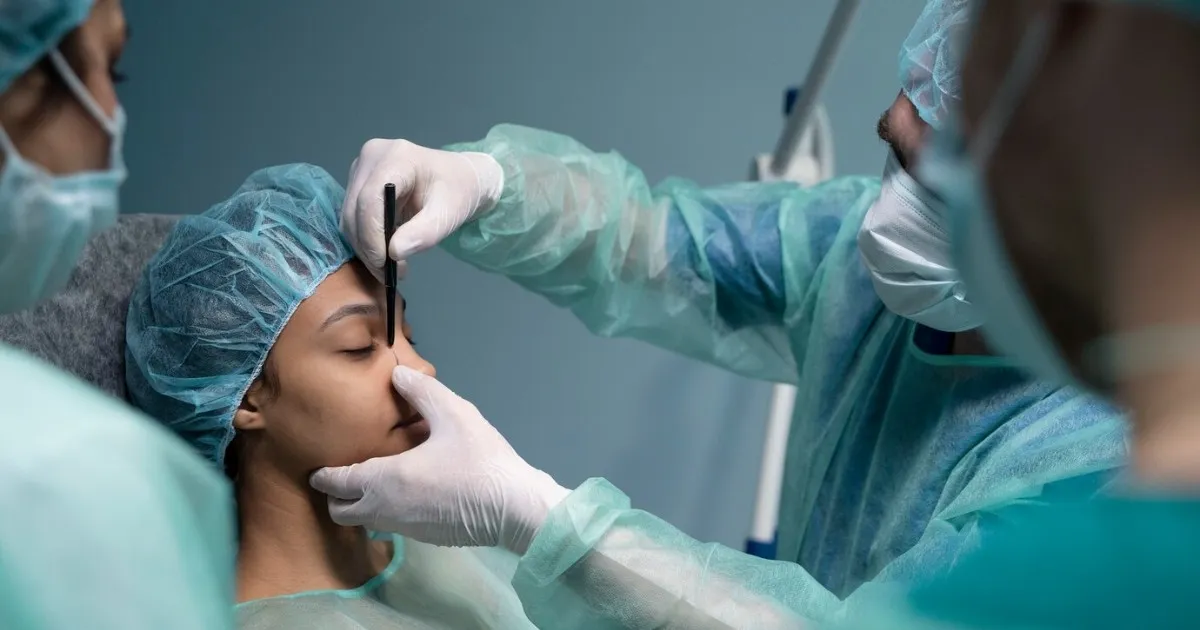


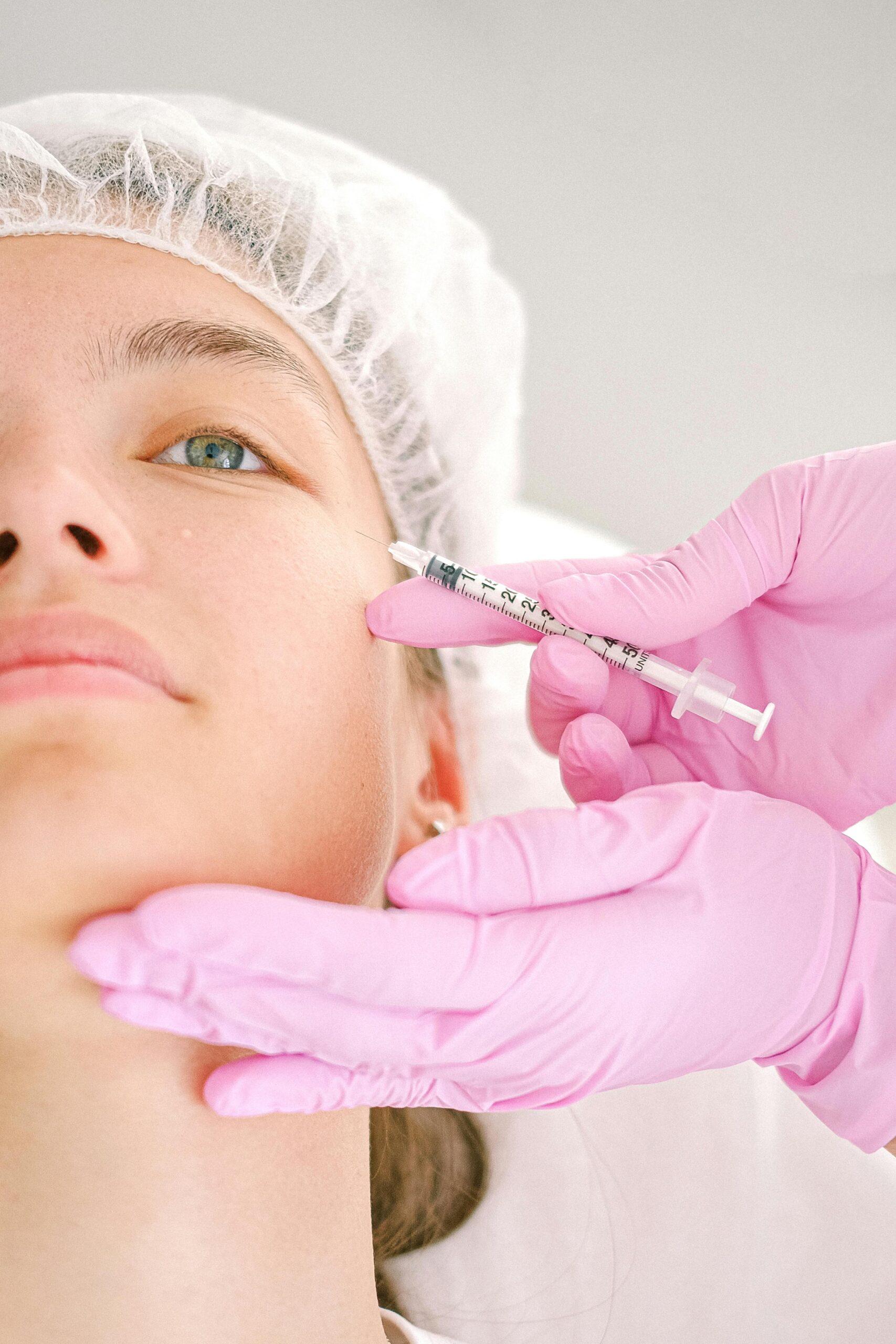

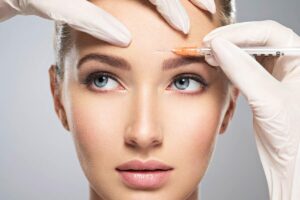
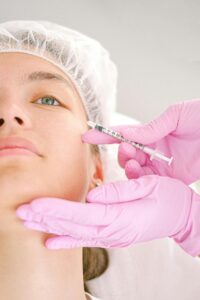

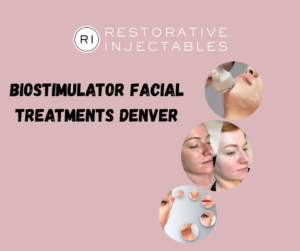
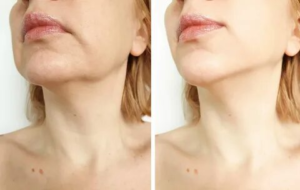

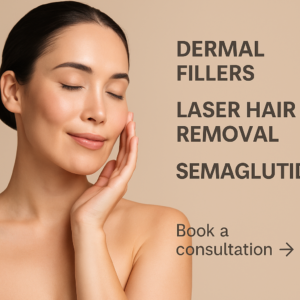
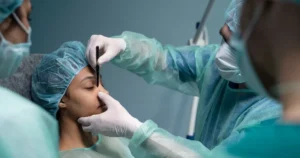

Post Comment